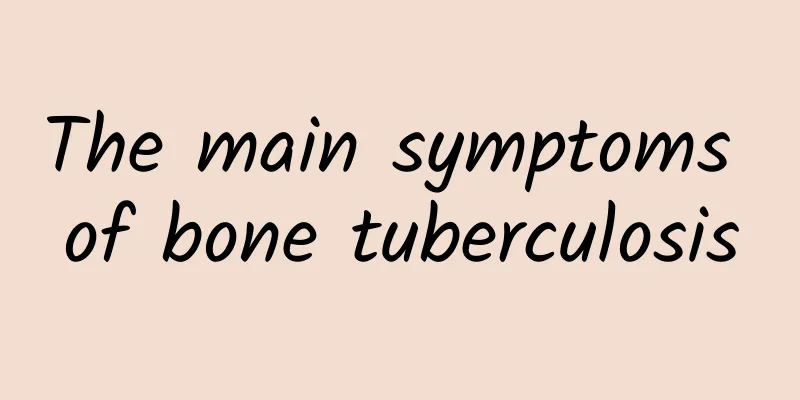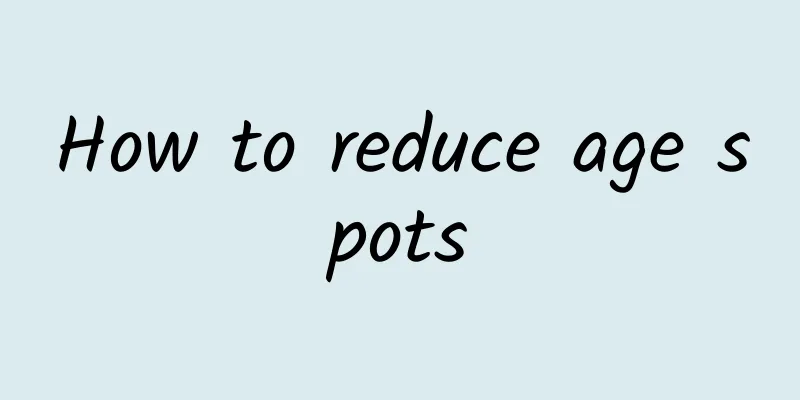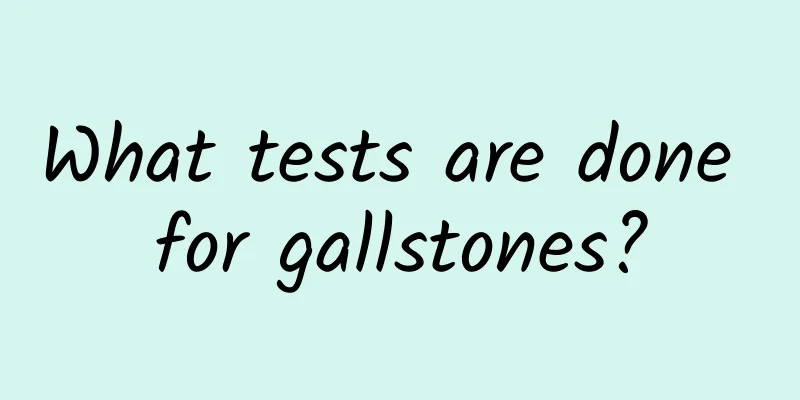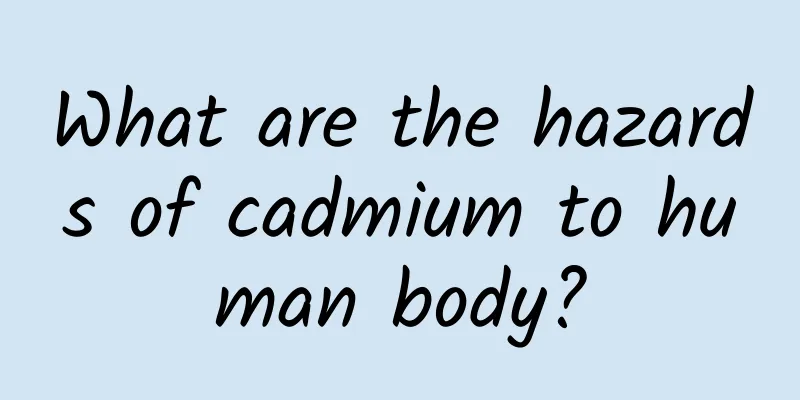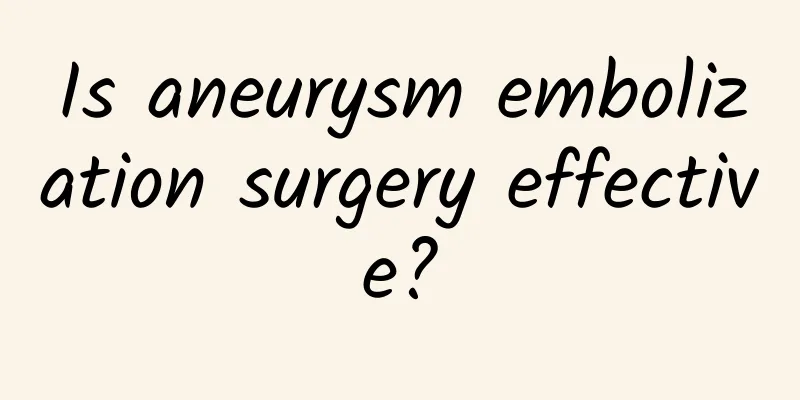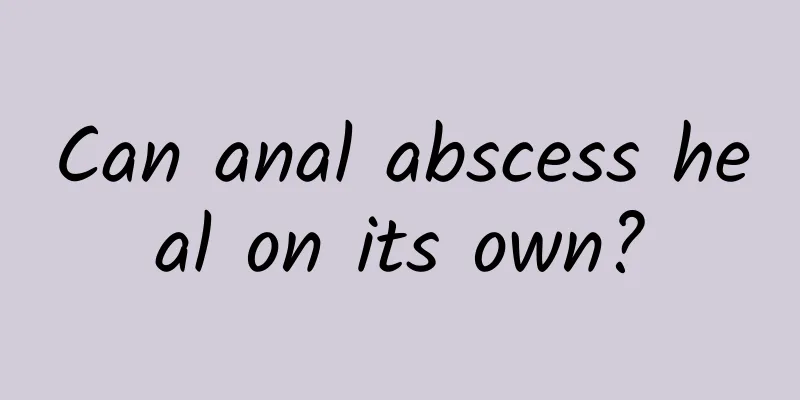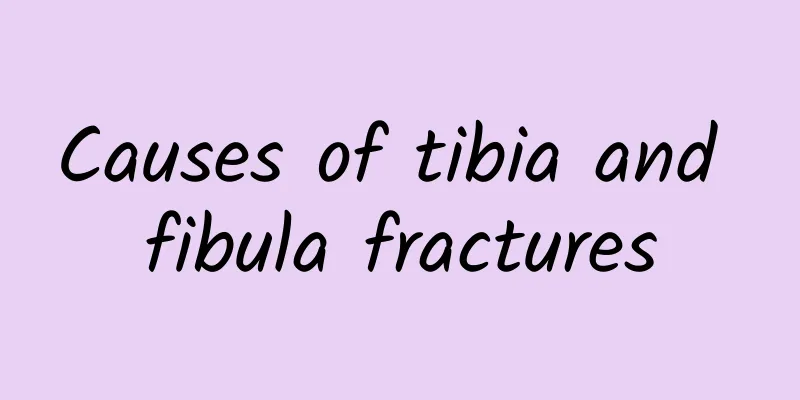How to treat neuralgia caused by thickening of the yellow ligament and spinal stenosis
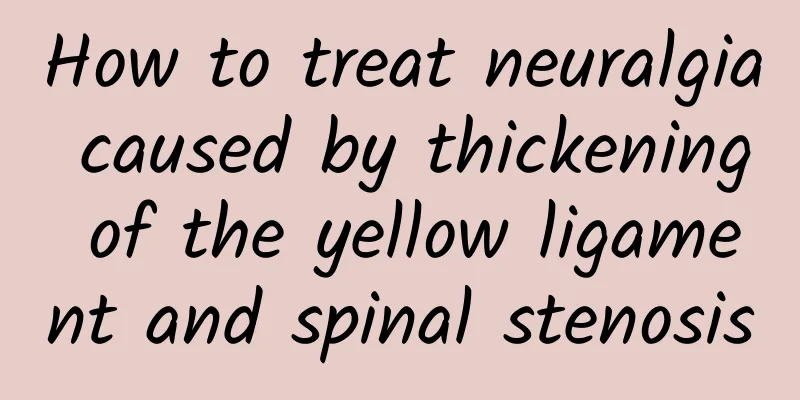
|
Spinal stenosis caused by thickening of the yellow ligament leads to nerve pain, which can be relieved by conservative treatment, drug intervention or surgical treatment. The specific choice should be determined according to the severity of the disease and personal circumstances, and completed under the guidance of a specialist. 1 Etiology analysis and conservative treatment Thickening of the yellow ligament is a common degenerative change in spinal diseases, which is mostly caused by aging, chronic strain or long-term poor posture. It can cause spinal stenosis, thereby compressing the spinal cord or nerve roots, and causing symptoms such as nerve pain, numbness and even lower limb weakness. If the condition is mild, you can first try conservative treatment, such as: Physical therapy: including heat, traction and low-frequency electrical stimulation, which can relieve local inflammation, improve blood circulation and relieve pain. Posture adjustment and exercise: Through appropriate core muscle training and stretching of the waist and back, the mechanical state of the spinal canal can be improved and nerve compression can be relieved. Wear a brace: Use a lumbar brace appropriately to reduce the load-bearing pressure on the spinal canal and avoid further deterioration. 2. Drug treatment When pain is severe, medications are key to relief and include the following: Nonsteroidal anti-inflammatory drugs (NSAIDs): such as ibuprofen or celecoxib, are used to control pain caused by inflammation. Neuromodulatory drugs: such as gabapentin or pregabalin, to help improve neuropathic pain. Local injections: Your doctor may use a corticosteroid injection around the spinal canal to quickly reduce inflammation and pressure around the nerve. 3. Surgical treatment If the condition progresses to the point where conservative treatment is ineffective or the symptoms seriously affect daily life, surgery can be considered. Common surgical methods include: Ligamentum flavum resection: Resection of the thickened ligamentum flavum directly relieves pressure on the spinal cord or nerve roots. Decompression surgery: such as laminectomy, which expands the spinal canal space, can effectively relieve the neurological symptoms caused by compression. Fusion and fixation: When necessary, your doctor may recommend fusion surgery to stabilize the spine and prevent further degeneration. 4 Daily management suggestions Patients should also pay attention to maintaining moderate movements in their daily lives and avoid maintaining a fixed position for long periods of time. They can also choose health supplements that nourish the nerves, such as vitamin B, and combine them with high-calcium and high-protein foods in their diet to enhance bone health. For nerve pain caused by spinal stenosis due to thickening of the yellow ligament, conservative and drug treatments should be used to relieve symptoms first. If there is no obvious effect, surgery should be considered. Seeking medical treatment as soon as possible to evaluate the condition and adhere to standardized treatment are the key to improving symptoms and improving quality of life. |
<<: Yoga on bed for lumbar disc herniation
>>: What can relieve proctitis pain?
Recommend
What is the shape of a breast cyst?
Breast cysts are usually round or oval lumps with...
Breast nodules will be relieved after the age of 50
Whether breast nodules will subside after the age...
What are the treatments for gallstones?
The treatment of gallstones can be selected accor...
Internal hemorrhoids and hemorrhoid protrusion are related to holding back bowel movements
There is indeed a certain correlation between int...
Bartholin's gland cyst suddenly disappeared
The sudden disappearance of a Bartholin's gla...
The main causes of perianal subcutaneous abscess
The main causes of perianal abscesses include inf...
What is the recurrence rate of perianal abscess?
Perianal abscess is a relatively common perianal ...
What fruit is better to eat for perianal abscess
During the period of perianal abscess, you can ea...
Surgical Approach for Patients with Gallstones
Surgery is one of the effective methods for treat...
What is a female breast cyst?
Female breast cysts are a common benign breast ma...
What is the diagnosis of non-gonococcal urethritis?
What is the diagnosis of non-gonococcal urethriti...
Is cervical lymph node tuberculosis contagious?
Tuberculosis of cervical lymph nodes is contagiou...
How much does laser eye treatment cost?
The cost of laser eye surgery may be the first qu...
What are the symptoms of right intrahepatic bile duct stones?
Right intrahepatic bile duct stones may cause per...
Breast cyst grew 2cm in one month
If a breast cyst grows 2 cm in just one month, it...

